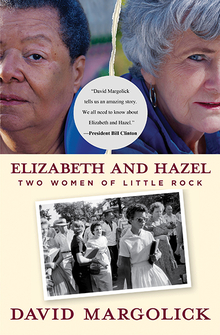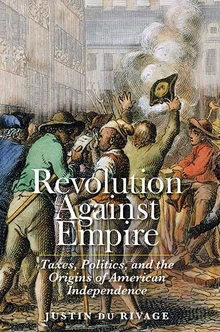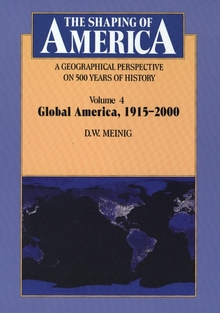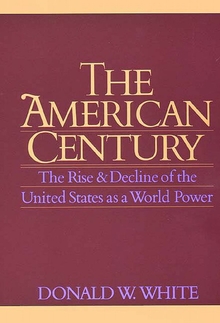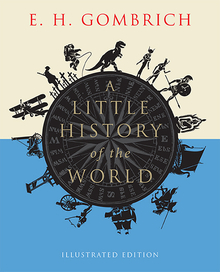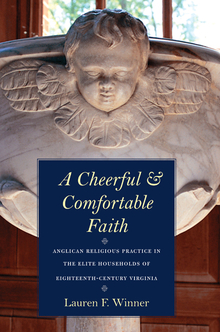Elizabeth and Hazel
WARNING
You are viewing an older version of the Yalebooks website. Please visit out new website with more updated information and a better user experience: https://www.yalebooks.com
Two Women of Little Rock
David Margolick
Read an interview with David Margolick on the Yale Press Log
Who were the two fifteen-year-old girls from Little Rock—one black, one white—in one of the most unforgettable photographs of the civil rights era?
"Through Eckford and Bryan’s tangled lives, [Margolick] hopes to capture the complexity of race, forgiveness, and reconciliation in modern America."—Kevin Boyle, Washington Post
"Margolick . . . tells us the amazing story of how Elizabeth and Hazel, as adults, struggled to find each other across the racial divide and in so doing, end their pain and find a measure of peace. We all need to know about Elizabeth and Hazel."—President Bill Clinton
The names Elizabeth Eckford and Hazel Bryan Massery may not be well known, but the image of them from September 1957 surely is: a Black high school girl, dressed in white, walking stoically in front of Little Rock Central High School, and a white girl standing directly behind her, face twisted in hate, screaming racial epithets. This famous photograph captures the full anguish of desegregation—in Little Rock and throughout the South—and an epic moment in the civil rights movement.
In this gripping book, David Margolick tells the remarkable story of two separate lives unexpectedly braided together. He explores how the haunting picture of Elizabeth and Hazel came to be taken, its significance in the wider world, and why, for the next half-century, neither woman has ever escaped from its long shadow. He recounts Elizabeth’s struggle to overcome the trauma of her hate-filled school experience, and Hazel’s long efforts to atone for a fateful, horrible mistake. The book follows the painful journey of the two as they progress from apology to forgiveness to reconciliation and, amazingly, to friendship. This friendship foundered, then collapsed—perhaps inevitably—over the same fissures and misunderstandings that continue to permeate American race relations more than half a century after the unforgettable photograph at Little Rock. And yet, as Margolick explains, a bond between Elizabeth and Hazel, silent but complex, endures.
Use these Discussion Questions to guide your reading group.
"Utterly engrossing, for it touches on a variety of thorny, provocative themes: the power of race, the nature of friendship, the role of personality, the capacity for brutality and for forgiveness."—Publishers Weekly
"Elizabeth and Hazel is a story that has been crying out to be told ever since two teenaged girls stumbled into history on a street in Little Rock, more than a half-century ago. Once again, Margolick, one of our best reporters, reveals his remarkable gift for uncovering intimate disputes that illuminate an epoch."—Diane McWhorter, Pulitzer Prize–winning author of Carry Me Home: Birmingham, Alabama; The Climactic Battle of the Civil Rights Revolution
"As surprising and unusual as its two protagonists, Elizabeth and Hazel—densely-researched, empathetic, measured, revelatory—not only lets us live, as completely as we would in a novel, the confrontation in Little Rock and the creation of an iconic photo, but lets us hear the central figures as they work, for the subsequent half-century, to come to terms with what has happened to them. David Margolick has written a beautiful and moving meditation on race, struggle, and the forgiving and unforgiving passage of time."—Rachel Cohen, author of A Chance Meeting
"Riveting reportage of an injustice that still resonates with sociological significance."—Kirkus Reviews
"A marvelous example of bringing history to life through individual stories, . . . [and] a fascinating story of race, relationships, and the struggle to forgive."—Marjorie Kehe, Christian Science Monitor, "Fall Books: 20 Nonfiction Titles You Don’t Want to Miss"
Publication Date: September 4, 2012
33 b/w illus.

